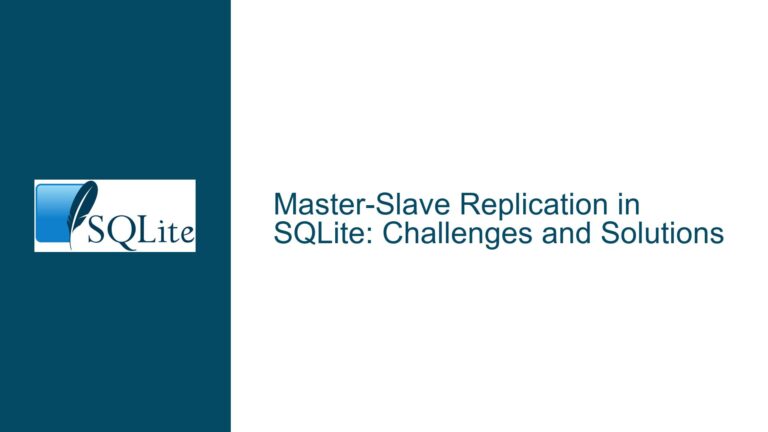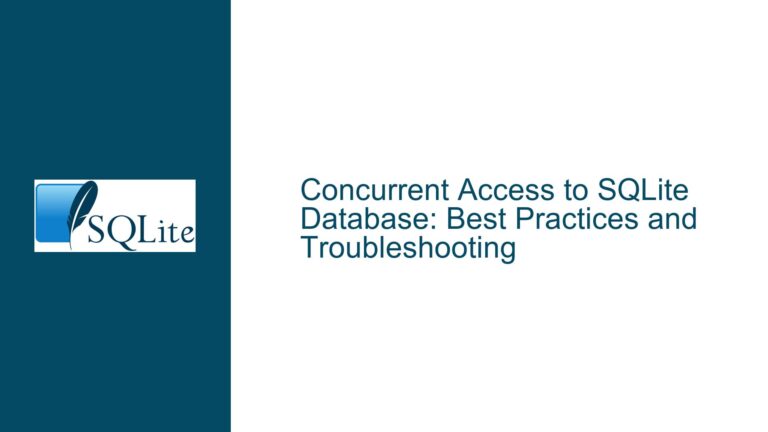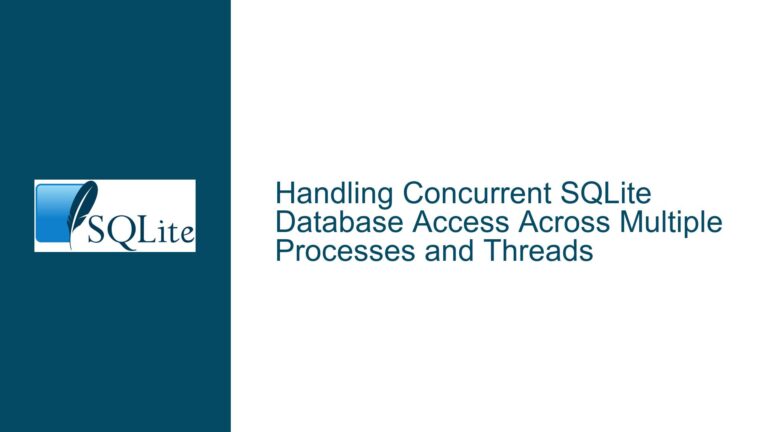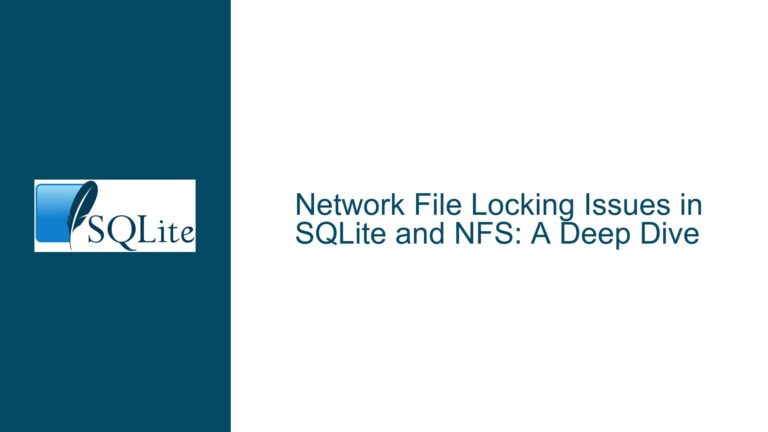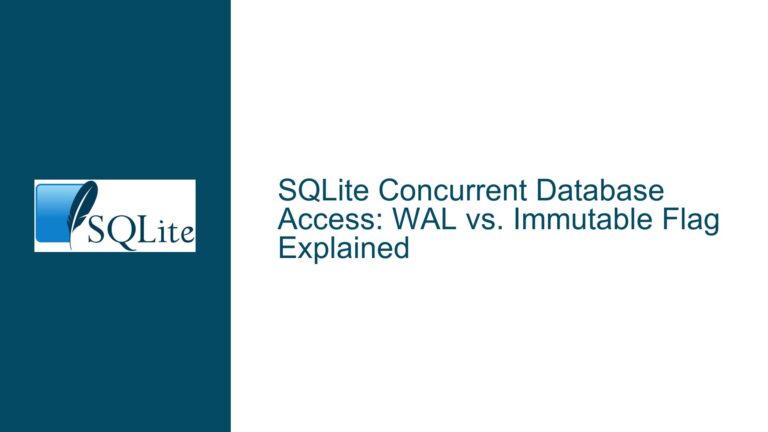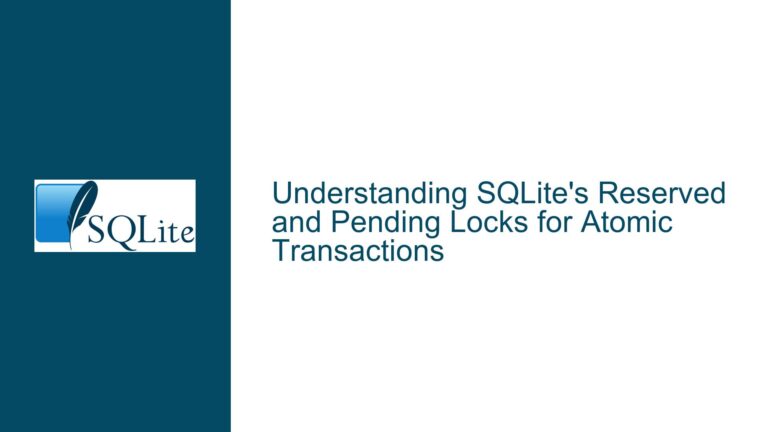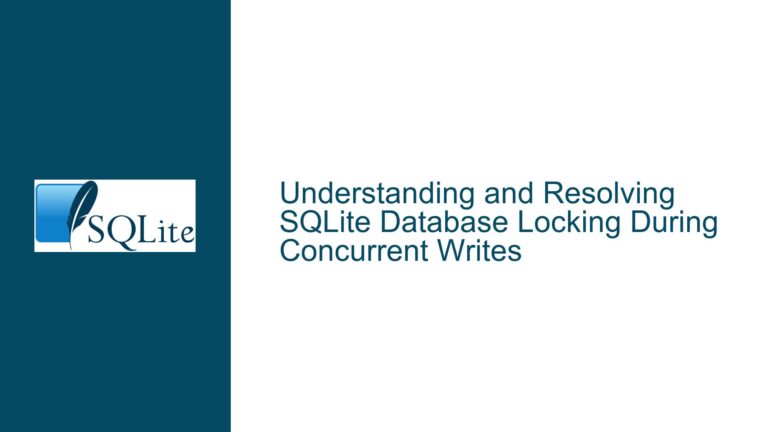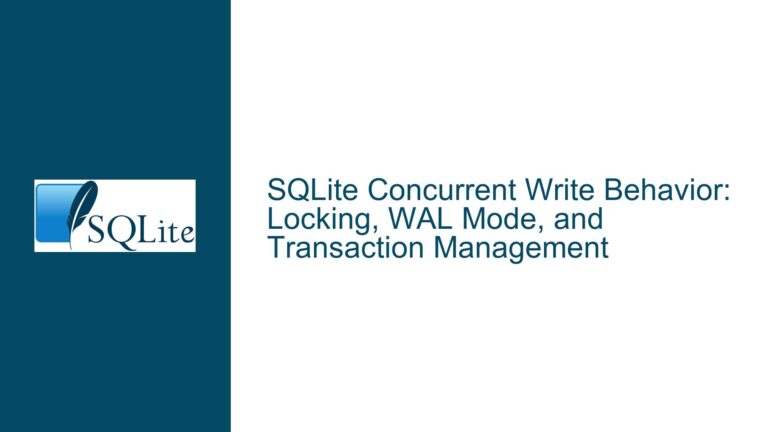Master-Slave Replication in SQLite: Challenges and Solutions
Understanding the Need for Master-Slave Replication in SQLite SQLite is renowned for its simplicity, speed, and ease of integration, making it a popular choice for embedded database systems. However, one of its limitations is the lack of built-in support for master-slave replication, a feature often required for applications that need high availability, fault tolerance, and…
